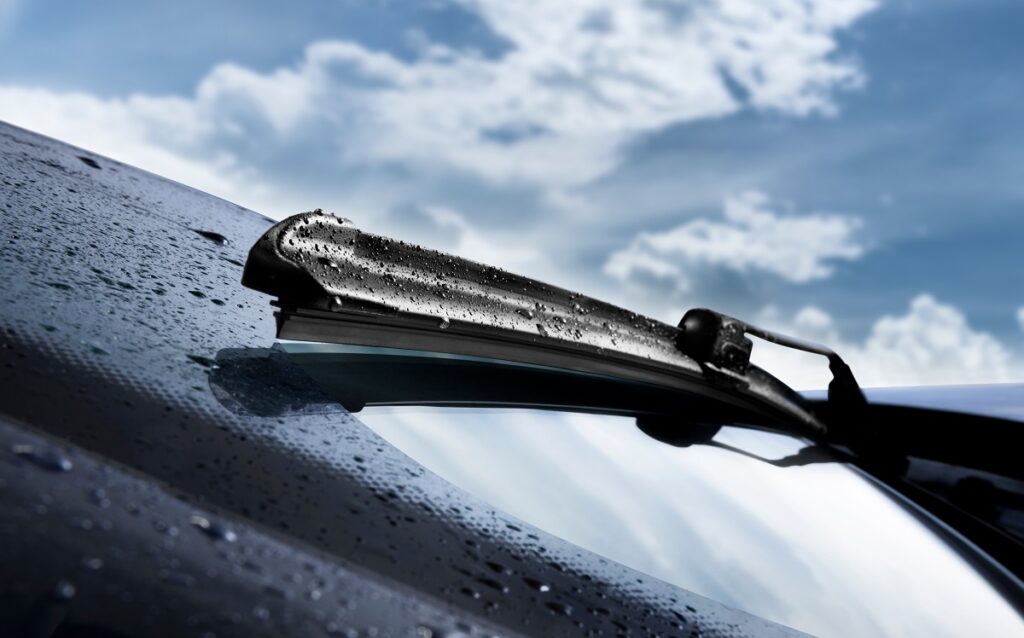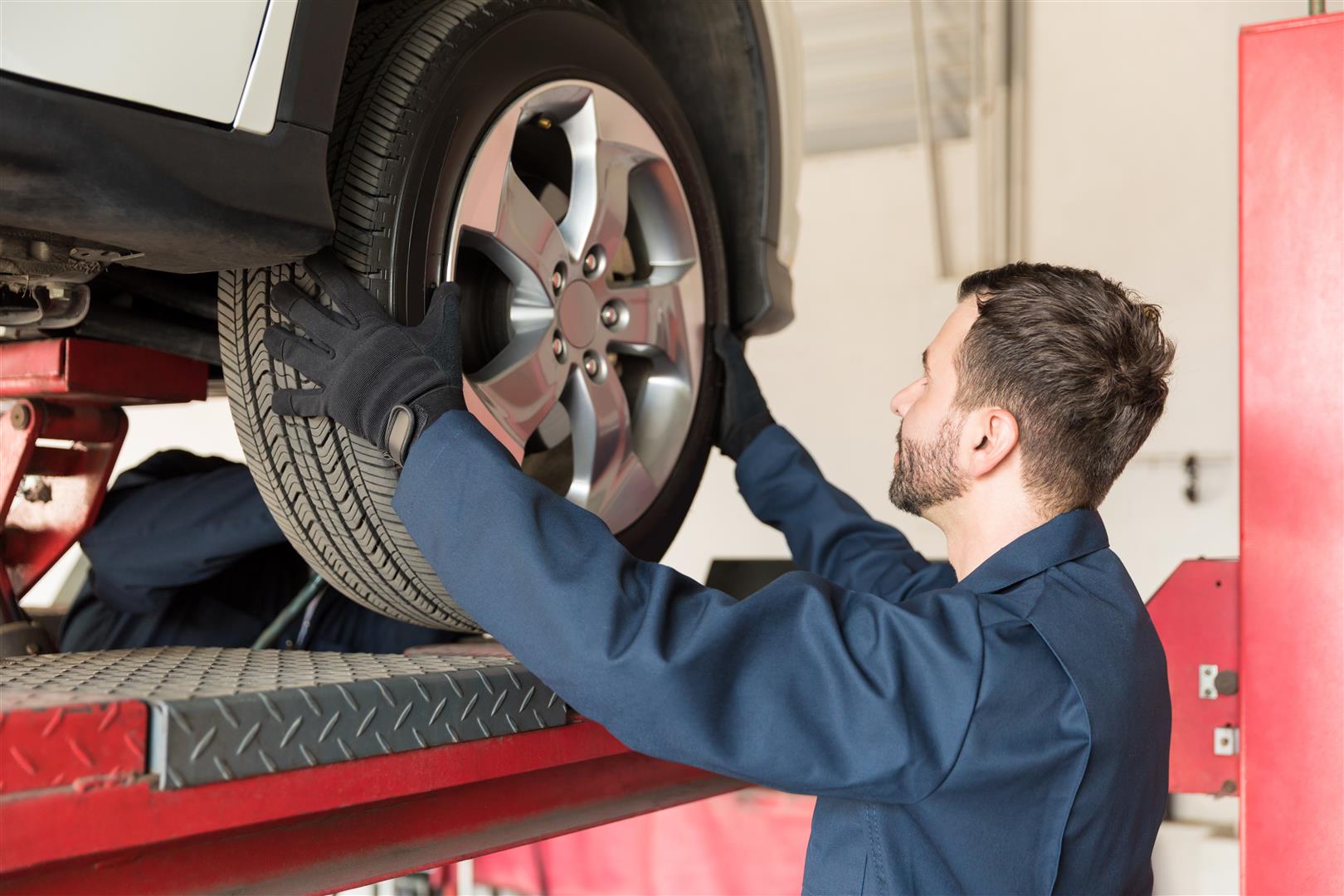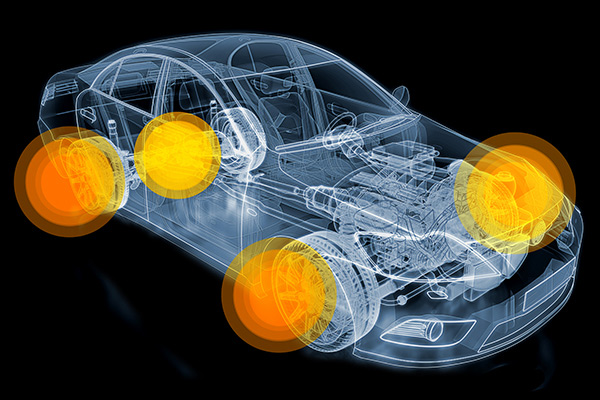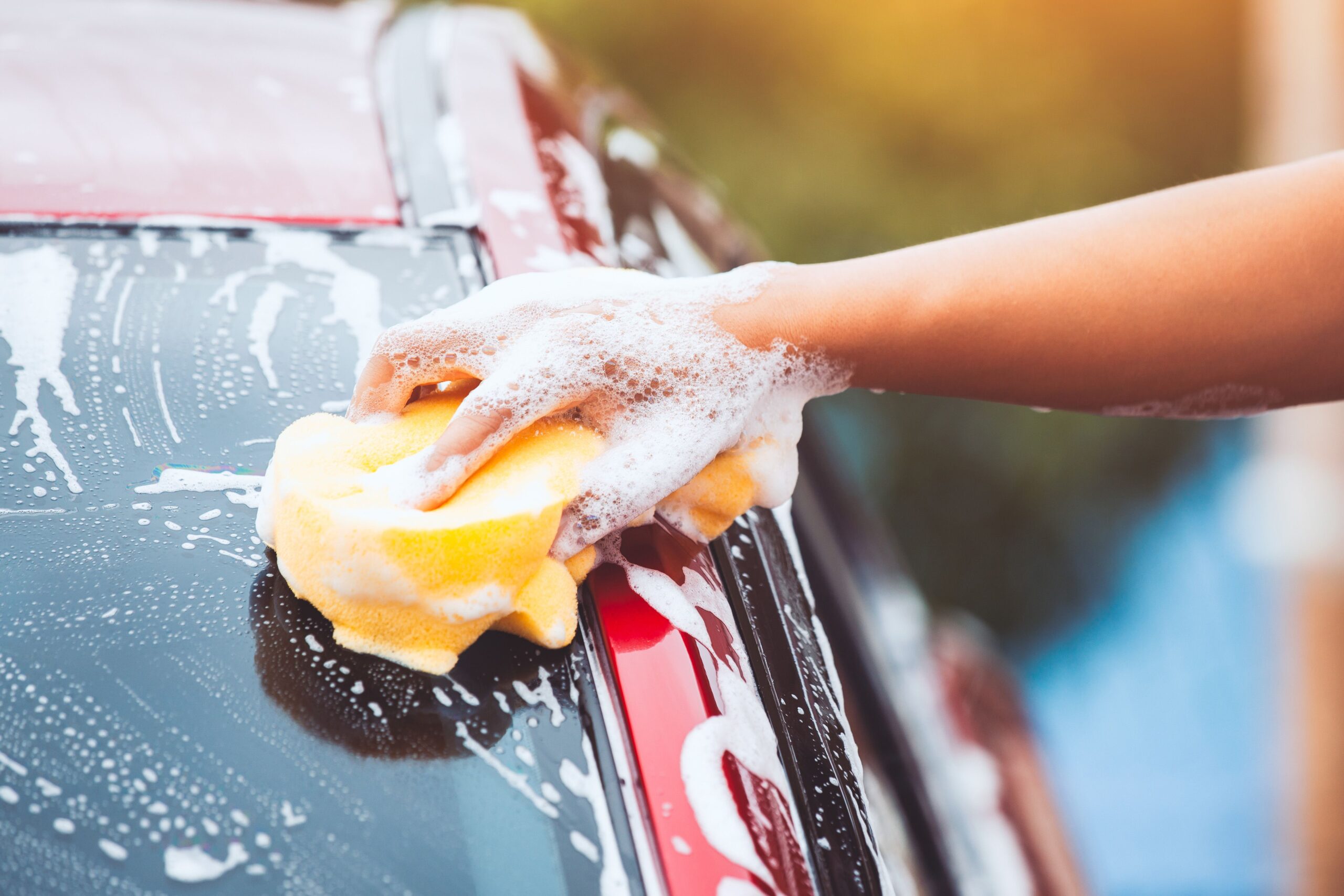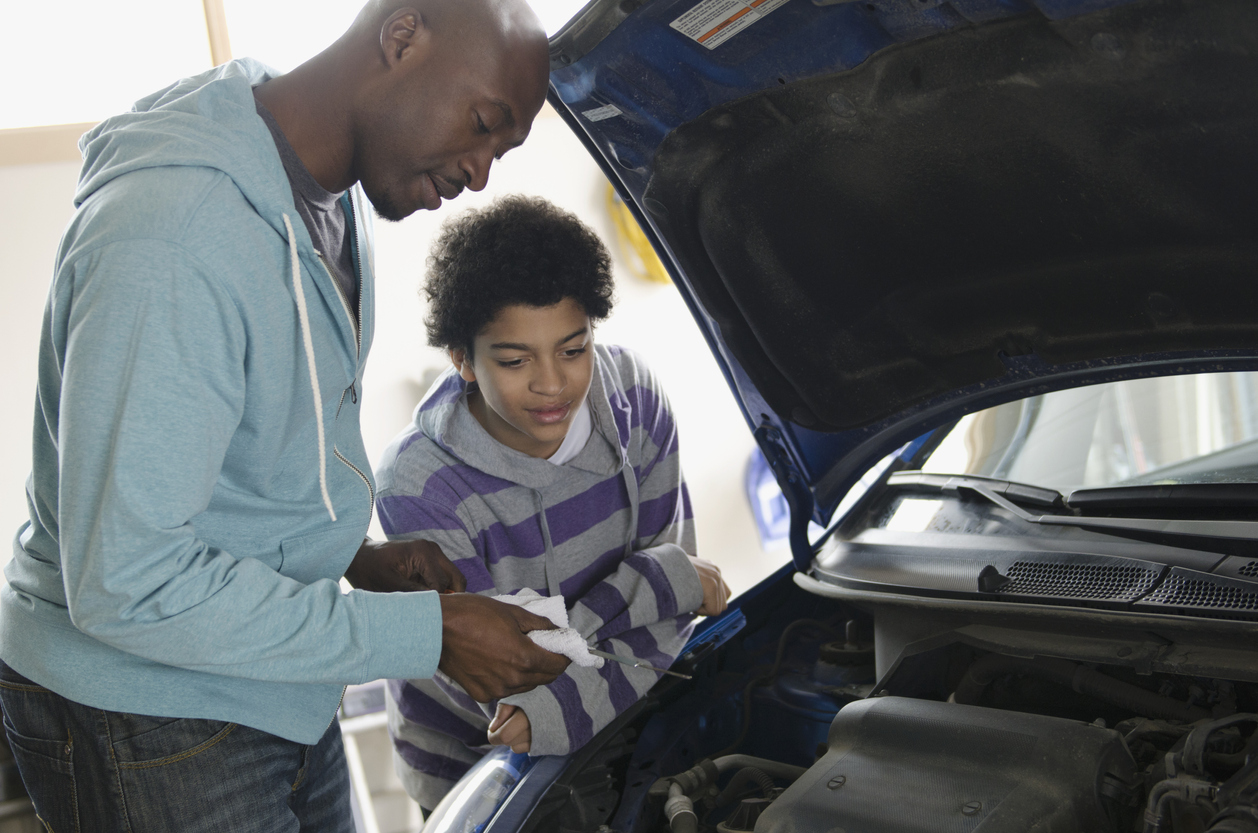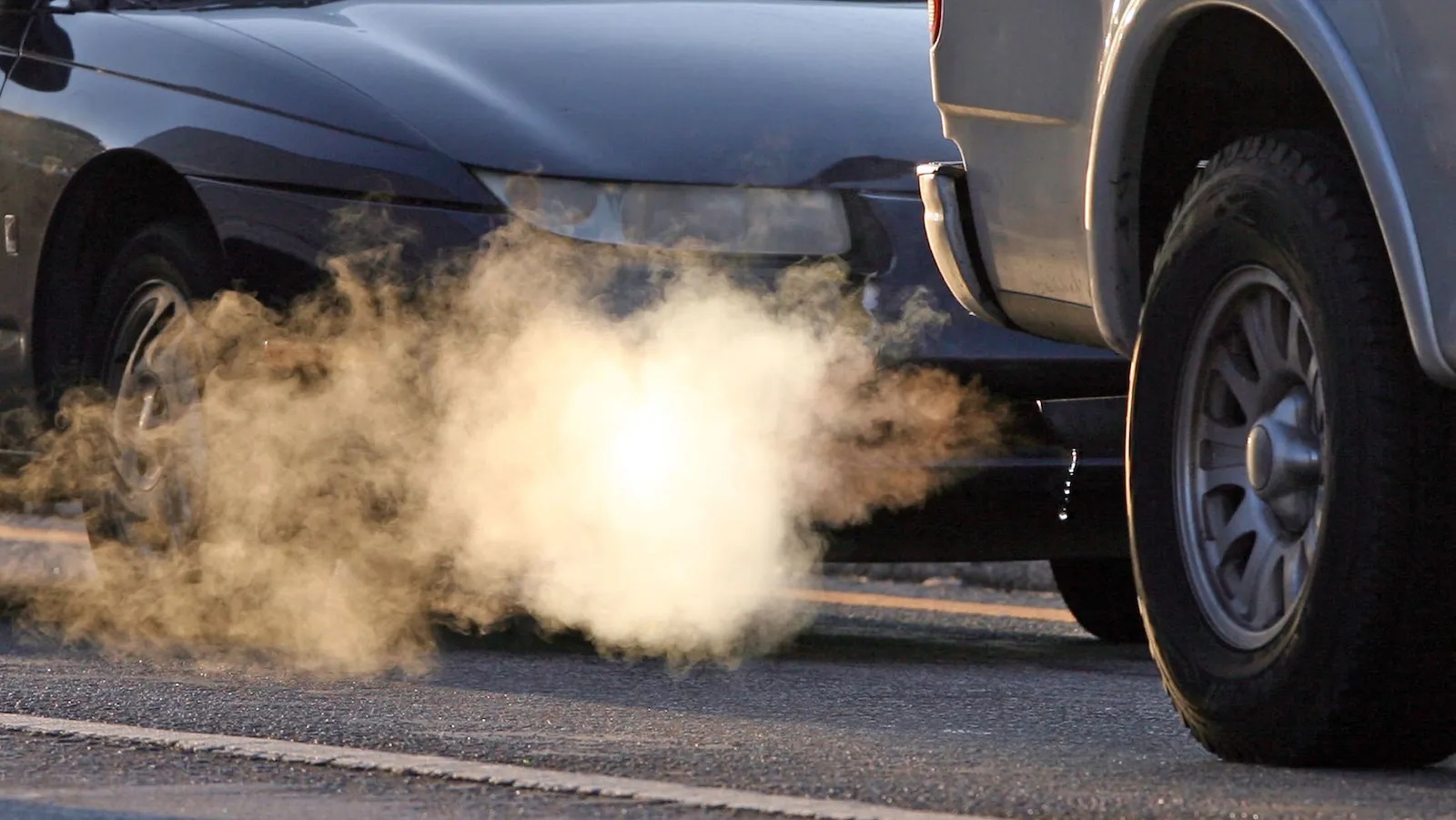Windshield wipers are vital necessities that help keep you safe on the road. When neglected, dull wiper blades can cause problems during a sudden downpour, which is why keeping them properly maintained is so important. Here are a few of our top windshield wiper care tips to help ensure your wipers are always ready to go.
Defrost and Scrape Before Using the Wipers
Windshield wipers tend to stick when there’s been heavy snow or ice, causing them to snap if you turn them on before defrosting the windshield. In freezing temperatures, run the defroster first and scrape away any snow or ice, if necessary. It’s helpful if you warm up the car ahead of time with the defroster on high, especially if you have an early morning commute.
Replace the Blades at Least Twice a Year
Wiper blades are only designed to last about six months. After that, you’ll start to notice a decline in your driving visibility. To help combat this problem, buy replacements every six months and change them on time. You’ll also need to keep an eye on the blades for signs of early wear, such as smearing, skipping, or squeaking across the glass. The process is so easy, in fact, that you can do it yourself with a little practice.
Keep the Windshield Clean
Your car’s wiper blades are going to wear more quickly if they’re wiping across filthy glass. To help prolong their longevity, clean your windshield every time you stop to fill up at a gas station. Most stations provide a squeegee specifically for this use, so take advantage of it. Just be sure to inspect the sponge before use and wipe it with a paper towel when needed, as communal squeegees can harbor small rocks and other debris that can scratch your windshield.
Never Run the Wipers on a Dry Windshield
Windshield wipers are designed to be used when the windshield is wet. Operating them on a dry surface can cause the wipers to wear out much more quickly than they would normally, which only causes extras headaches. When you do need to clean a dry windshield, such as when there’s pollen buildup on the glass, press the washer button first. This will require you to keep your car topped up on windshield washer fluid, which is another thing to remember as part of your wipers’ routine maintenance.
Reposition the Blades During the Winter Months
Dealing with frozen windshield wipers is the last thing you want to be doing before work on a cold winter morning. To prevent this problem, pull the wiper blades away from the windshield the night before a freeze. This keeps the rubber squeegee part of the blades from freezing to the glass, and it makes it easier to scrape away any ice and snow.
Taking care of your car requires paying attention to the little things. When it comes to your windshield wipers, getting into a routine and being vigilant can ensure they’re always ready to go when you need them.

